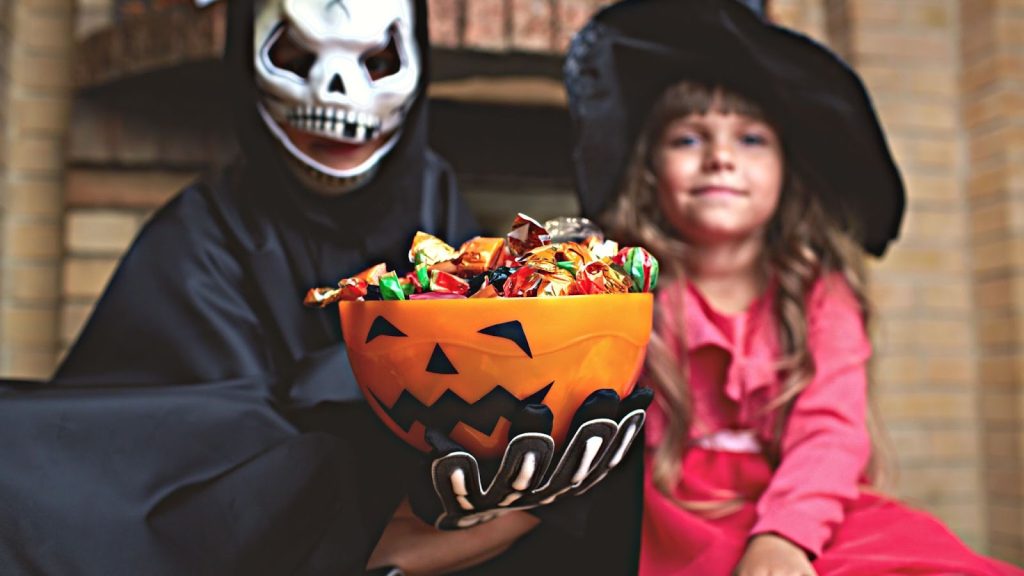
How cavities work
The first stage of tooth decay is a tiny opening in the protective outer enamel. Cavities are small holes in our enamel that develop when bacteria in the mouth metabolize sugars to produce acid that demineralizes the protective enamel of teeth. Once the enamel erodes, the inner dentin layer of our teeth becomes vulnerable to decay—this is an advanced cavity and can be very painful. If the decay reaches beyond the dentin to the pulp of the tooth, a root canal treatment will be required in order to save the tooth. If a root canal is needed and not performed in time, the decay can reach below the root into the jaw and bone, which can lead to a systemic infection that can become life-threatening.
The 5 Stages of Tooth Decay
- Demineralization causes small white spots (reversible)
- Enamel decay / cavity
- Dentin decay / advanced cavity
- Pulp damage (root canal required)
- Abscessed tooth (risk of systemic infection, very serious)
When to see a dentist
In many cases, you may not even know that you have a cavity forming in your mouth. That’s why we recommend twice-annual checkups and cleanings, even if you aren’t seeing any signs or symptoms of something wrong. You should see your dentist as soon as possible if you have a toothache or mouth pain. The longer you wait to seek dental care, the more likely you will end up needing emergency dental services for a broken tooth or root canal treatment.
Understand how sugar expedites tooth decay.
Plaque bacteria that live on the surfaces of our teeth feed on sugar and produce acid that erodes the mineral enamel. The more sugar we expose our teeth to, and the longer we let it rest on the teeth, the more acid is produced and the quicker the erosion will occur. You may not think that a bite-sized candy bar between lunch and supper causes any harm at all, but if you haven’t rinsed or brushed your teeth afterwards, your enamel knows the damage even if you can’t see or feel it yet. The plaque bacteria on your teeth will feed on the residue of that candy bar until the next time you brush your teeth. For more about sugar and your teeth, read How to protect your teeth from sugar damage.
Halloweening with minimal oral health impact: 5 Tips from Saskatoon kids dentist
- Limit candy collection. Agree ahead of trick or treating to only take one piece from each house visited. Count whole chocolate bars as 3 pieces.
- Limit daily candy consumption. Negotiate a daily candy allowance in advance and increase the stakes by establishing penalties for breaking the allowance.
- Save treats until mealtimes for less impact on your teeth. This is because salivary flow is stimulated by the act of chewing during mealtimes, and our saliva naturally helps neutralize harmful acids.
- Replace regular dessert with Halloween candy, don’t have both.
- Rinse thoroughly with water after every sweet treat, regardless of the time of day.
Chat with your trick-or-treaters before Halloween about the effects of sugar on our teeth. Negotiate boundaries in advance around how much and how often Halloween candy will be consumed in your house, and remember to brush and floss twice daily or more. As always, if it’s been more than 6 months since your last checkup, please give us a call to schedule your appointment for the whole family.
Happy Halloween from the BLOK Dental team!
